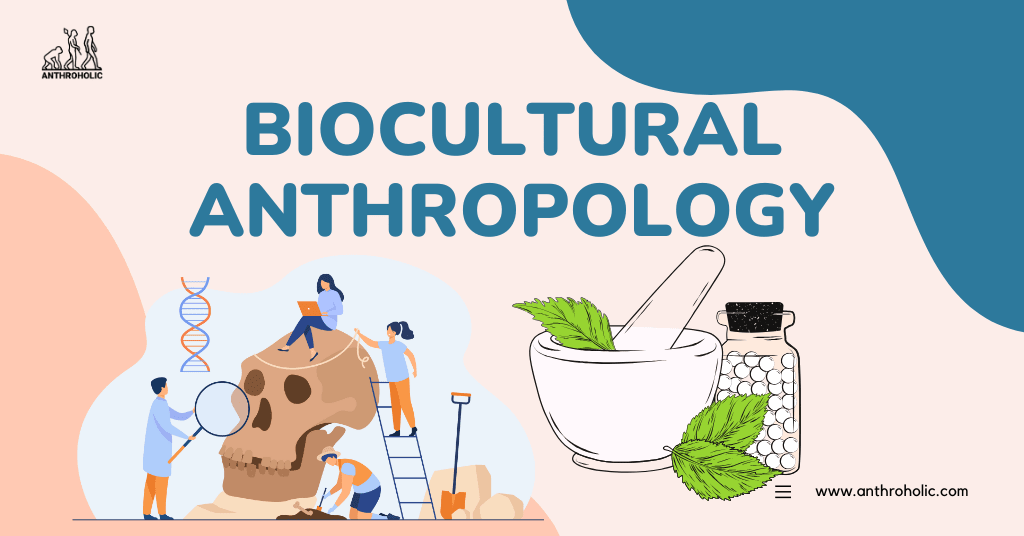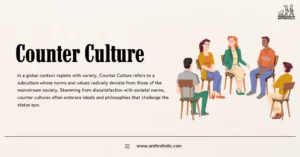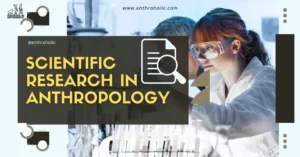AI Answer Evaluation Platform Live Now. Try Free Answer Evaluation Now
Biocultural Anthropology
No, it’s not fiction. Not fantasy. Not a breezy romance on a Greek island. But here’s the twist-biocultural anthropology is one of the most immersive fields you could dive into while your train clacks through unfamiliar terrain or your flight bounces somewhere over the Pacific. A discipline sitting at the chaotic crossroads of biology and culture, it’s exactly the kind of deep-yet-readable content you want tucked next to your passport.
Think of it as a must-read trip book-not because it’s light, but because it reshapes how you see the people and places you pass. And isn’t that what the best novels to read on the go actually do?

What Is Biocultural Anthropology? (And Why Should You Care While Traveling?)
Biocultural anthropology doesn’t play by simple rules. It doesn’t say “biology determines everything,” nor does it whisper “culture reigns supreme.” Instead, it says: Let’s look at both. Always. Side by side. Your genes and your rituals. Your cells and your songs.
It studies how biology (DNA, evolution, disease) and culture (beliefs, traditions, daily habits) twist together into human life as we know it. Consider altitude sickness in the Andes. People born at high elevations often show increased lung capacity-but is that because of biological adaptation? Or daily practice and cultural behavior? Or both?
Here’s a statistic to chew on mid-air: In a 2016 study published in Current Anthropology, over 70% of researchers working in human evolutionary biology reported integrating cultural data into their analyses. That’s not fringe. That’s the new normal.
Real-Life Examples You Can Smuggle in Your Carry-On
Let’s do some narrative anthropology.
Example one: the Maasai of Kenya and Tanzania. Their traditional diet-high in milk and cattle blood—might shock your average Western nutritionist. Yet their cholesterol levels remain relatively balanced. Why? A mix of genetic tolerance, cultural adaptation, and—this is key-environmental feedback loops that shape what works and what doesn’t.
Example two: The prevalence of lactose intolerance across different regions. In some Scandinavian communities, the ability to digest lactose into adulthood is around 90%. In East Asian populations? As low as 10%. This isn’t just biology. This is centuries of food culture leaving an echo in the genome.
Keep this in your mind as you sip your airport cappuccino: Your body’s ability to process it is partly due to where your ancestors lived, what they drank, and what their culture taught them to do with cows.
Why It Belongs on Your “Books to Keep While Traveling” List
Biocultural anthropology is an anthropologist’s version of “slow travel.” It invites you to stop snapping photos and start asking weird questions about what people eat, how they treat their elders, how diseases move through different societies, and why emotions are expressed differently across continents.
This is travel not just through geography, but through meaning systems and immune systems at once. (Not every book on your Kindle can do that.)
Consider books like “Sapiens” by Yuval Noah Harari or “Guns, Germs, and Steel” by Jared Diamond—not strictly biocultural anthro, but echoing its themes. These are the kind of texts that sneak into your luggage and don’t leave. Once you start seeing the biological-culture feedback loop, it’s hard to unsee it.
And that makes them some of the best novels to read on the go-not novels, sure, but page-turners in their own right. But don’t neglect fantasy or novels either. If you find plenty of them on FictionMe.
Where the Biology Meets the Belief System
Here’s a tangled thread: the concept of stress.
In biocultural terms, stress is both a biological response and cultural construct. A person in Tokyo, a herder in Mongolia, and a stockbroker in Manhattan may all say they’re “stressed”-but the physical symptoms, the accepted expressions, and even the causes vary. Some societies may somaticize stress as headaches or stomach issues. Others feel it spiritually, as disconnection from ancestors or nature.
Even the World Health Organization reports that culture affects how mental health conditions manifest, leading to misdiagnosis across borders. How’s that for a plot twist?
So when you’re sitting in a café in Lisbon, wondering why the pace of life feels different—it’s not just “chill European vibes.” Why have romance stories become so mundane, especially compared to FictionMe novels? It’s cultural patterns modifying stress levels, which in turn, influence long-term biological health.
This is biocultural anthropology. It makes postcards obsolete.
Statistics, But Make Them Wandering
A few more numbers before you switch off airplane mode:
- According to The American Journal of Human Biology, nearly 60% of global health studies now incorporate at least one biocultural variable.
- A survey in 2021 showed an increase of 40% in interdisciplinary anthropology programs that emphasize both genetics and cultural studies.
- In indigenous communities studied by the CDC, rates of diabetes have multiplied by three since the introduction of Western dietary patterns—highlighting how culture can rapidly modify health outcomes even if genes stay static.
Translation: You can’t fully understand humans by looking at skin and bones alone. Or ceremonies and language alone. You need the messy middle ground.
Closing the Book (But Not Really)
Biocultural anthropology isn’t a subject-it’s a lens. It’s the kind of reading that changes how you ask questions when you arrive in a new city. You might look at your host’s dinner plate and think: Is this meal the result of thousands of years of climate patterns, migration, and gut bacteria relationships?
And if that doesn’t sound like a must-read trip book-then maybe you’re just looking in the wrong aisle.
So next time you’re packing, leave room beside the fiction. Slide in something strange and fascinating. Something that reminds you: culture shapes biology, biology influences culture, and both are dancing in the bloodstream of every human you pass on the road.
Your journey just got richer.



